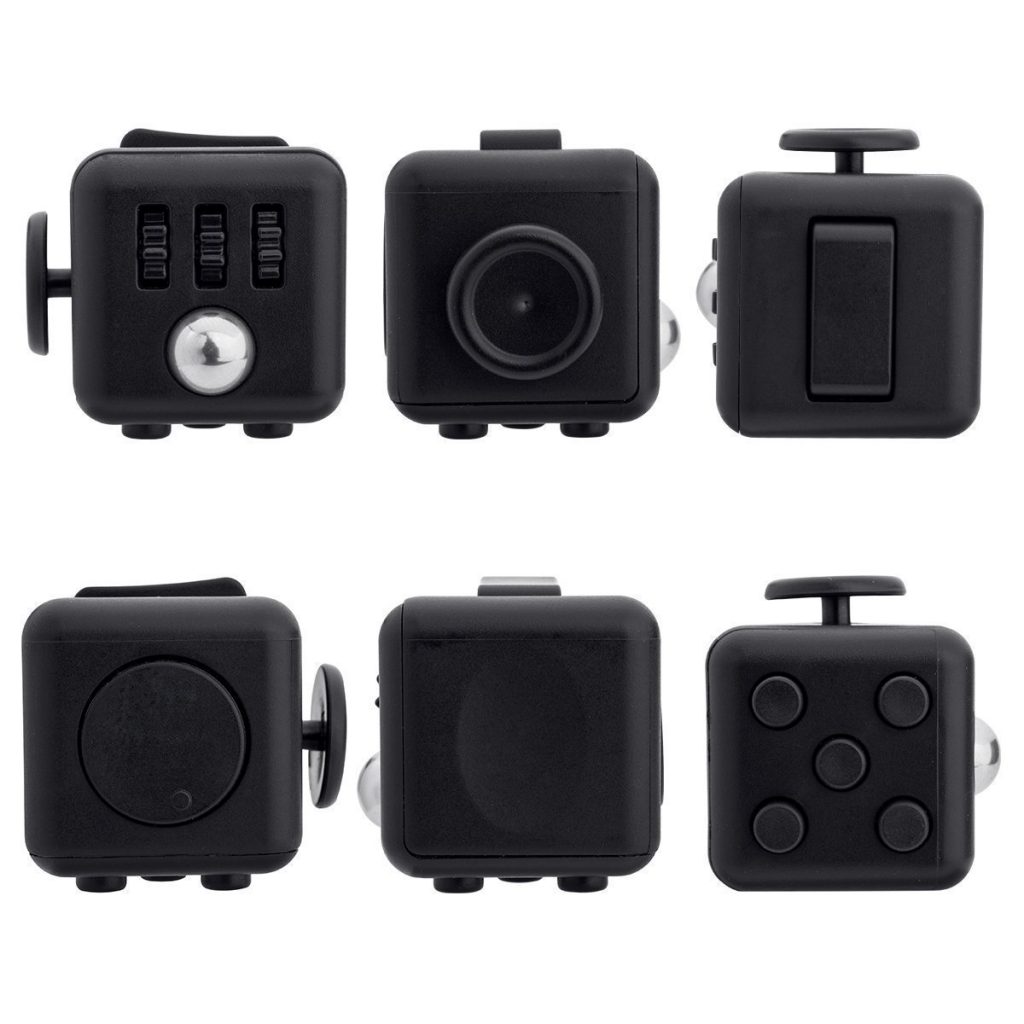One of the greatest challenges we face as homeschoolers is keeping our kids on task. Whether you have a large family with kids that would rather play together than work or have a child that can’t seem to concentrate for longer than a few minutes, I have put together a list of over 20 practical ideas that you could try. I have tried all of these at one time or another and I find that some work better than others and some work well, but only for a season. Don’t get discouraged if what WAS working, STOPS working in a month! In fact, I recommend printing these off and adding to the list so that you have something to turn to when you feel frustrated. Therefore, I have created a simple free printable with the ideas and a short description as well as a place to rate how this solution worked for you. I hope that it gives you hope in the midst of a hopeless homeschool day and if you have new ones to add, PLEASE share in the comments below for a fellow homeschool mom to find!
20+ Tips to Homeschool the Distracted Child
Before you begin, head over to the first post in the series “5 Common Reasons our Kids Can’t Focus on School” and download your free brainstorming worksheet. This will help describe the main root causes of distraction and lack of focus so that you can better choose what will work for your family.

PIN ME!
1. Slow down.
If it is a developmental delay that is causing your kids to lose focus on their lessons, slowing down is the first thing you should try. If our kids aren’t ready for it, pushing them is only going to cause them to hate school and it won’t catch them up any faster. Put on the brakes, consider putting them back a year, or doing some simple workbooks to catch up on concepts they may be missing.
2. Take lots of breaks.
Often children have trouble concentrating because we are expecting them to work longer than their attention span allows. Using a timer to take regular breaks or separating your subjects into smaller intervals can help detach from the intensity of learning before their mind starts to wander.
3. Learning experiences.
In my opinion, both the school system and homeschoolers lean on workbooks far too heavily. I am sure there are instances in your own life where you saw months or even years of bookwork produced less than just one time experiencing what you were learning about? Instead of sitting down and “doing a lesson” on a zoo animal, go to the zoo! See the animal in action! Allow them to do some oral reports, rather than all written work. Break it up, have some fun with it!
4. Consider a different homeschool style.
Sometimes our kids can’t focus because we are teaching in a way that doesn’t really suit their learning style OR match up with our values. If we aren’t happy with our homeschool, our kids won’t be either! Learn about the different homeschool styles or CLICK HERE to take the free quiz and see if perhaps you need to change your approach.
5. More exercise.
The next few suggestions are primarily for children who are struggling with focus because of a short attention span or an attention deficit. Often, with a lot of pent up energy and limited attention capacity, these kids need to get moving. Try to incorporate PE in your day, jump on the trampoline, play sports together, get them active and moving, even if that means a dance party in your living room.
6. Watch their diet/sugar intake.
All children are going to have a hard time concentrating and sitting still if they have sugar running through their system and I think we disregard this as a common culprit for the wiggles at the school table. I try to have lots of brain food, less processed foods, and more healthy omega-3 fats.
7. Start small and work your way up.
This is quite frankly key for all of us. We start homeschooling with such high expectations not only for ourselves, but for our kids. We start off full steam ahead instead of building up to what we can manage together. If your kids are just unable to get through what you have planned, consider slowing down, maybe incorporate looping or alternate days you do certain subjects so that you are doing less in a day.
8. Create a routine.
For any child with a developmental delay or learning disability, or just any child who is having a hard time switching from one thing to the next, this is key. Remember, a routine is not a schedule. I am not asking you to write out what you will do at what time. Instead, consider making a plan of “what comes next.” If your children know what to expect they will be able to transition easier from subject to subject and you will be less stressed if you aren’t bound to a certain time frame.
9. Include them in your planning.
If your kids can’t concentrate because of sheer lack of motivation, I have found that getting them involved is the number one best solution. There are different ways to do that, this is just one idea, but I often include my older kids in the planning stage. I find the more they are a part of this process, the more ownership they take in their lessons because THEY helped create goals for themselves. I also give my kids a lot of freedom on HOW they do their lessons. Because we do the file folder system (more info coming soon) they can see all their weekly lessons at a glance and I let them work through at their pace. Again, less nagging from mom, and more ownership for them. The goal is to help our children become independent rather than need mom to keep you going.
10. Use incentives.
I know this is a bit of a hot topic, but I am going to suggest that there are many positive incentives you can use that are highly effective in motivating your child. Take a look at just a few I have tried, what would you add?
-have a snack
-do an activity or craft they’ve been wanting to
-go on a nature walk
-play a family game
-use a timer
-reward with TV or computer time
-invite a friend over
-have a party (bigger goal incentive)
-read a book together
-create a sticker store
11. Let them set the pace.
Again, the more your children control the experience, the more invested they are in their own learning. I have tried both the workbox system and the file folder system and there are huge benefits to both of these. The main idea is the same, you have their work planned out for them either in a daily layout or a weekly layout. It means less prep for you in the middle of the day and they can work at their own pace. Currently we are using the file folder system. I ripped up all their books and have 6 weeks worth of lessons in a folder. At the beginning of the week we do our planning and then I give them their folder to chip away at. They can do all their science at once or stagger it. They can do all their school at the beginning of the week or do it in smaller increments. I still help, I still advise, I am still a big part of it. However it has helped them take a more active roll and it made a huge difference in their motivation.
12.Trifold poster board.
If your kids are distracted, try a trifold poster board like this one. I find they are quite high so I cut it in half which makes it perfect table height and you can make enough for 2 children at once. I like putting little cheat sheets like number boards and such on the inside of their folder. I find it works best for visual learners to keep their eyes on their work.
13. Separation.
If your kids are all goofing off or distracting each other, sometimes the best method is just to separate them. Maybe they can do school in their room, or at least at separate desks. A simple solution is often the best one.
14. Take down posters or visual distractions.
We all love a school room with lots of bright posters and pictures, but if you have a visual learner I can pretty much guarantee you have caught them staring at them instead of doing their school. While our visual learners need visual stimulation to learn, they also can be highly distracted by it.
15. Earplugs.
Moving along to our auditory learners, earplugs are amazing! They can help block out sounds that we might not even notice that they can’t seem to think past. Especially if we have a busy household!
16. Earphones.
This is one of my favorite things to do with my kids because I think it serves a dual purpose. I turn on music for them to listen to. I find it drowns out noise, can be incredibly inspiring and though provoking, and can stimulate their mind at the same time. A word of caution however, some auditory learners won’t be able to handle it. It will be too much and they just can’t think past it. In that case, try getting them to talk through their work. To read their textbook out loud to themselves. Another thing to consider before throwing this suggestion out the window, is that it could be the type of music. Some of my kids work well with classical music, some of them are distracted by it they enjoy it too much. Some need peppy, upbeat music and they just motor through everything! So experiment with different genres and find what works for you kids. This is a great thing to try with all your children, the results may surprise you, audidory learners or not!
17. Fidgets.
Fidgets are the bomb. I am a die-hard visual learner and even I process my thoughts better when I can do something with my hands! Fidgets like the pic below (click here, it’s on sale!) or can range from balls to squeeze, buttons to push, things to twirl on the back of their pencils, etc. They are cheap and can be very useful in the classroom.
18. Physical Outlets.
For a kinesthetic learner or a child with high energy, physical outlets are really important. Some unique things you can try is to get them to bounce on a ball while they do school, or stand at their desk instead of sit, or tie rubber exercise bands to where their feet would be on the chair so they can bounce their feet while they work.
19. Include them in the solution.
The more you can include them, the better. Sit down with your child, ask them why they are having trouble concentrating. Is it that the book is boring? Or would they rather be doing something else? Ask them what they think would help. Even if it takes a lot of coaching from you (you could even feed them ideas from this list), if you can get them to come up with a solution with you… they will be more likely to work with you on it.
20. One-on-one learning.
In a large family, separation isn’t always possible or effective if your kids are young and still need supervision and help. In some seasons in my life, I have found one-on-one to be the best solution. To do this well, it is helpful to have everything planned out and your time blocked. So for example you would do school for an hour with your grade 1, meanwhile, what will your other kids be doing? In my house I will have my grade 4 read with my preschool and my grade 3 play play dough with my toddler. I find that if I don’t give them an assignment, my house falls apart. But this can be a great way of helping them focus without their siblings distracting them PLUS it can be a really special time with you as well.
21. Group subjects.
If your kids can’t focus because you are a human ping-pong ball going from kid to kid and they spend half their day waiting… it might be time to consider group learning. While group learning still means your children are together, you are all focused on the same task and lesson. This makes it a bit easier to keep them motivated.
22. Schedule time.
Scheduling or blocking your time is akin to becoming an undercover octopus. You don’t have any more arms, so instead you utilize the help of that learning app or that typing software and that independent program over there so that your kids can be working at the same time. This takes some careful planning, but you can do one-on-one with one child while another does Reading Eggs. Then switch and do one-on-one while that child now does a typing class, etc.
23. Is your child ready for more?
Perhaps your child is bored and ready for either more challenging lessons or curriculum. This can be hard to determine because it can actually present as laziness. I like to take a bit of a break from the bookwork and do a lesson with your child orally, if they know the content backwards and forwards, consider switching it up or finding something that is more at their level.
24. Consider time of day.
Sometimes the simple solutions are the best. I like to stay up late, but my brain doesn’t work so well at night. I take a long time to get going in the morning as well, so that isn’t my peak time at all. I find my peak brain function time is from about 11am-2pm. What is your child’s? Maybe early morning is better, maybe it’s afternoon or evening. If you have no clue, then try just experimenting with the time of day and see what happens.
25. Plan ahead.
The more you plan, the less time is being wasted while you photocopy the lesson or find the books. I am not much of a paper planner, which is why the file folder system is so successful for me. I do my planning 6 weeks in advance and then I just sit back and watch the magic happen ;). Find what works for you and run with it!


